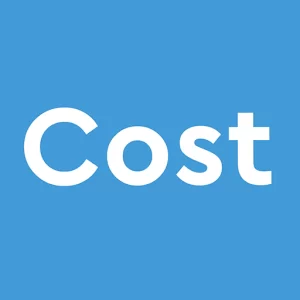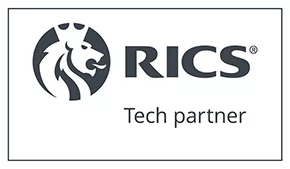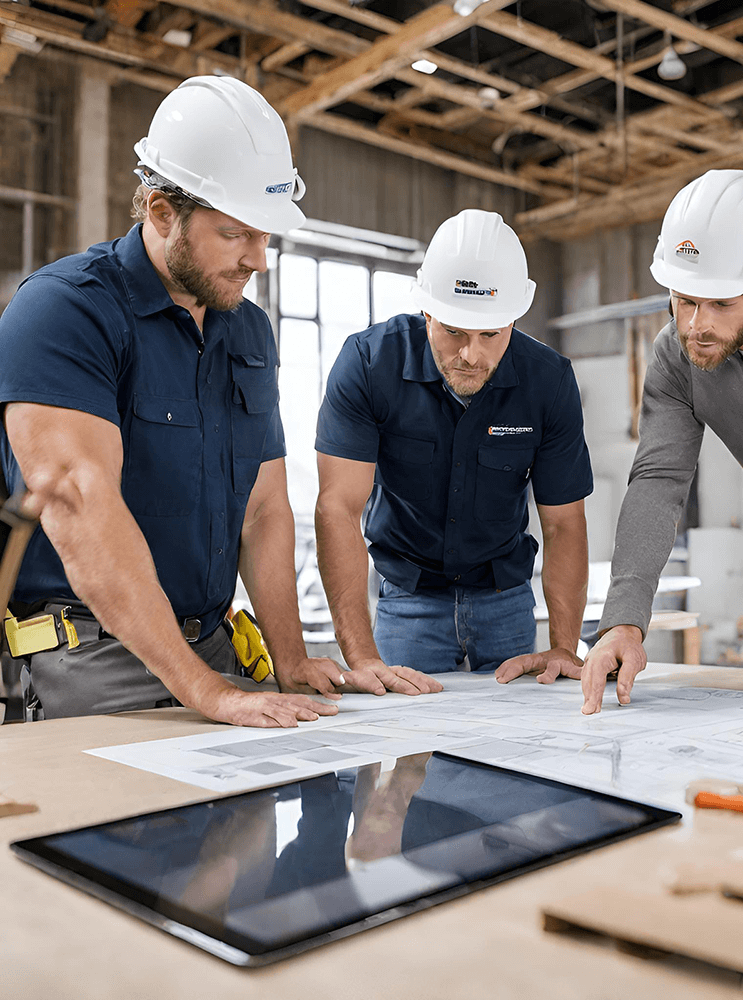For construction professionals, accurate cost estimation is the backbone of every successful project. Yet, with countless variables and complex data, achieving accurate estimates can be both time-consuming and challenging. That’s why simplifying your cost estimation process isn’t just a time-saver—it’s a way to reduce errors, improve project outcomes, and ultimately boost profitability.
In this guide, we’ll walk through the strategies, tools, and best practices to streamline cost estimation, allowing you to deliver more accurate results in less time. Whether you’re a seasoned expert or just starting, these insights will help you elevate your construction cost estimation game.
Common Challenges in Construction Cost Estimation
1. Lack of Accurate Data
Accurate data is the foundation of reliable estimates, but accessing it can be tricky. Whether due to fluctuating prices or unpredictable supply chains, data inconsistency remains a leading challenge for construction estimators.
2. Project Complexity
Complex projects often involve a wide range of tasks, materials, and labor needs, making them hard to estimate. Estimating costs for larger projects often requires in-depth analysis and time-consuming data collection.
3. Communication and Collaboration Gaps
Construction projects typically involve multiple stakeholders. When communication and collaboration are lacking, estimators risk missing important information, which can impact the accuracy of the estimate.
Why Simplifying Cost Estimation Matters
Simplifying your cost estimation process provides key advantages that directly affect project success:
- Time Savings: A streamlined approach shortens estimation time, allowing more focus on execution.
- Reduced Errors: Simplification means less room for mistakes, resulting in more reliable estimates.
- Enhanced Collaboration: Clearer, more efficient workflows improve communication, ensuring everyone remains aligned on project goals.
Techniques for Streamlining Cost Estimation
1. Break Down Projects into Manageable Sections
Breaking down a large project into smaller, manageable parts makes it easier to assess each element accurately. This also allows you to focus on specific areas without feeling overwhelmed by the scale of the project.
2. Use Historical Data
Historical data can reveal cost patterns and trends, allowing you to estimate with more confidence. By referring to past projects, estimators can anticipate certain costs and factor in adjustments as needed.
3. Leverage Cost Estimation Software
Modern estimating tools can automate calculations, reducing manual effort and minimising errors. With cost estimation software, estimators can access real-time data, reducing the chances of overlooking crucial details.
4. Include All Stakeholders
Engaging all stakeholders early on can prevent miscommunication. By involving key personnel in the estimation process, you improve the estimate’s accuracy and ensure everyone is aligned.
The Role of Technology in Simplifying Cost Estimation
The evolution of technology has made cost estimation more efficient and accessible. Here are some of the top technologies aiding the process:
- Cost Estimation Software: These tools streamline the process by automating calculations, organising data, and allowing for easy modifications.
- Building Information Modeling (BIM): BIM visualises projects in 3D, identifying potential issues and helping estimators predict accurate costs.
- Drones and Laser Scanners: Drones and scanners collect real-time data, giving estimators reliable, up-to-date information on-site conditions.
Best Practices for Organising Your Cost Estimation Process
1. Identify Key Project Components
Focus on the essential elements of each project. Identifying high-priority components allows for more accurate, targeted estimating.
2. Standardise Your Process
Standardising estimation procedures fosters consistency across projects, ensuring everyone follows the same protocol, which improves accuracy.
3. Maintain Detailed Records
Keep detailed records of every aspect of the estimation process. Accurate record-keeping helps identify trends and reduces the time needed for future projects.
4. Conduct Regular Reviews
Reviewing your process ensures continual improvement. Regular assessments allow you to make updates that optimise efficiency and accuracy.
Collaboration and Communication: The Backbone of Successful Estimation
Effective communication and collaboration are crucial to accurate estimates. Engaging with stakeholders encourages feedback, addresses concerns early on, and minimises the risk of misunderstandings. Working as a team also helps catch potential issues, keeping the project on track and within budget.
Tools to Simplify Construction Cost Estimation
Using the right tools can significantly streamline the cost estimation process:
- Cost Estimation Software
Automates the process, providing templates and access to real-time data. - BIM Software
Allows estimators to visualise projects in 3D, identifying potential issues early on. - Drones and Laser Scanners
For accurate data collection, these tools offer precise measurements, reducing errors from manual measurements. - Cloud-Based Software
Cloud solutions enable collaboration across teams, ensuring that all stakeholders are updated in real-time.
Conclusion and Next Steps
Construction cost estimation is a critical process that requires a methodical approach for accuracy and efficiency. By simplifying your process through technology, organisation, and collaboration, you can save time, reduce errors, and improve your estimates. Breaking down projects, using historical data, integrating estimation software, and involving stakeholders can simplify and improve your results.
As construction technology advances, so does the future of cost estimation. Embracing these tools today will keep your business ahead and ensure you deliver precise estimates every time.
FAQs
- Why is accurate cost estimation crucial in construction?
Accurate cost estimation helps prevent budget overruns, ensures timely completion, and improves client satisfaction. - What are common challenges in cost estimation?
Challenges include lack of accurate data, project complexity, and communication gaps. - What role does technology play in cost estimation?
Technology, like estimating software and BIM, simplifies data collection, improves accuracy, and enhances collaboration. - How can I organise my cost estimation process?
Identify critical components, use standard processes, maintain records, and conduct regular reviews. - What are some top tools for construction cost estimation?
Leading tools include BIM, drones for site measurements, and cloud-based software for team collaboration. - How does simplifying estimation benefit my business?
It saves time, reduces errors, and promotes smoother teamwork and more precise results. - Why use historical data for estimating?
Historical data offers insights into past project trends, helping create more accurate future estimates. - What’s the best way to involve stakeholders in estimating?
Regular communication and early involvement keep everyone informed, helping to align on project goals and budgets.











